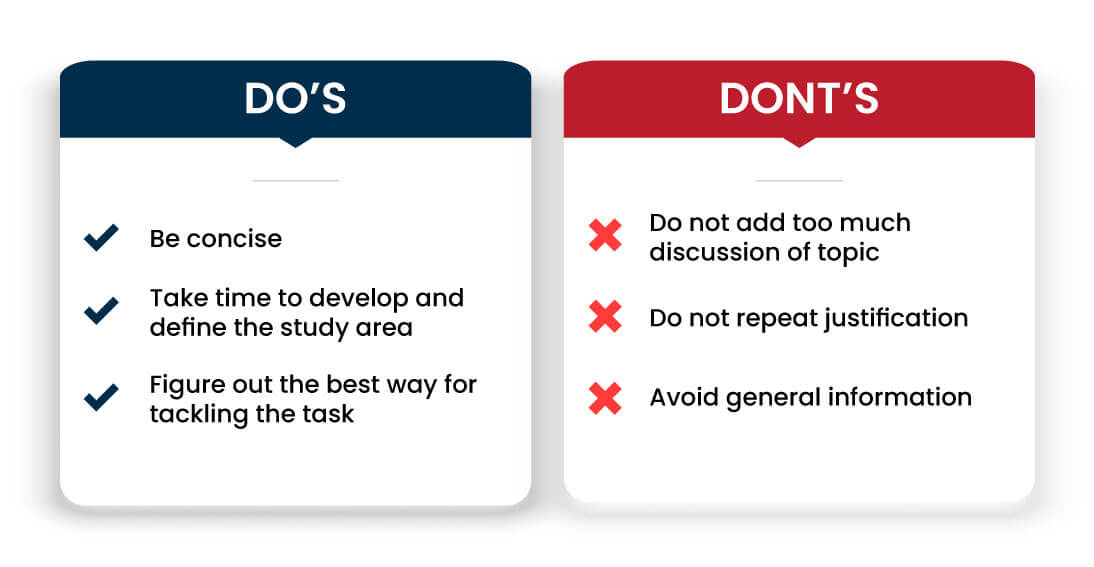Qualitative vs Quantitative Research Method
Quantitative Research
Quantitative research is a design for conducting a research study and it is considered as a process of collecting and examining numerical data. In this research design, you can use different patterns and you can make a prediction, test causal relationship. In addition to this, it also enables a person to generate outcomes from large populations. Quantitative research is one of the most effective studies because these studies are free from biases. In addition to this, these types of studies are analysed and accessed easily and effectively.
Methods for quantitative data collection
There are many different methods through which you can gather quantitative data such as experiments, surveys, longitudinal studies, polls, telephone interviews and face to face interviews. The method which will be selected by the person highly effect the response of participant. For instance, the people that are involved in the experiment are less likely to decide as they will make through social context. If you want to conduct a study by using one or more methods at a single time, then we will recommend implementing it in different stages. The first step will be to analyse the data for every method and then when you look at all the collected information, you will analyse that you have a lot of information for explaining and understanding the inconsistencies.
Qualitative research
A qualitative research study is another significant method for conducting a research study. The studies that are dependent on qualitative research studies gather information from first-hand sources. Qualitative research is referred to the process of collecting, analysing and interpreting data that is in non-numerical form. This type of data can be used for understanding that how a person subjectively perceives and serves meaning to the reality of the society. There are different types of qualitative research that you can use such as phenomenological model, ethnographic model, grounded theory, case studies, historical model and narrative model.
Methods for qualitative data collection
There are much different qualitative data collection methods that you can use in your studies. The methods include open-ended surveys and questionnaire, one on one interviews, focus groups and direct observations. The most common and easy data collection is a survey questionnaire because it provides freedom and flexibility to the participants. During the process of creating an open-ended survey, you have to first identify the length, number and complexity of the survey. Another most common method for collecting qualitative data is to conduct interviews with the required person. This method requires money, time and effort but it also provides effective and first-hand information. This method is perfect when you want to collect personalised information.
When to use qualitative or quantitative research
It is not possible to interchange research methods while having specific goals which are suitable for a particular research method. Selecting the most effective method depends on the design decisions which needs to be made for refinement of the design. One of the most major and significant points for selecting that whether to use qualitative or quantitative research is that you can use quantitative research if you aim to confirm or to test something which might include a theory or hypothesis. Whereas you can implement qualitative research if you want to understand something which includes thoughts, experiences or concepts. The selection of research design depends on the study area and it also depends on the philosophies, approaches which you have selected for conducting research. It is suggested to select the method after identifying all the available resources. In addition to this, it is also recommended to select a method that consumes less time, effort and also provides accurate and effective outcomes.
Difference between quantitative and qualitative research
Qualitative and quantitative research methods are two distinct methods. The qualitative method is based on numerical data whereas quantitative research method incorporates numerical data and information. Thus, qualitative data is represented in the form of text and quantitative data is represented in the form of numbers, graphs and statistics. The qualitative method helps in understanding the concepts and views and quantitative method is used for testing and confirming theories and assumptions. Some common methods of quantitative research include observations that are recorded in numerical form, experiments and surveys having close-ended questions. On the other hand, the methods of qualitative research include open-ended interviews, literature reviews and text observations. Qualitative research will enable you to gather in-depth and detailed insights on topics that are not understandable for you. Qualitative research data requires few respondents whereas quantitative research data requires data from a large population. In the process of interview for gathering qualitative data, closed or multiple choice questions are asked. On the contrary, for collecting quantitative data, the interview process is based on open-ended questions. Some of the major terms of qualitative research are understanding, complexity and subjectivity. On the other hand, some of the key terms for quantitative research are measurement, objectivity and replicability.
Qualitative and quantitative data examples.
Data commonly is analysed from a population or with the help of a sample. Alphabets such as x or y are popularly used for representing the data values. The majority of the data comprises of two different types which include qualitative and quantitative data. Qualitative information is always in the form of text and quantitative information is always in the form of numbers. Most people are more attracted to quantitative research data instead of qualitative research data because they think that lending mathematical information is more easy and effective.
| Qualitative Data Examples | Quantitative Data Examples |
|---|---|
|
Colour of your hair |
Height of a person |
|
Your blood type or ethnic group |
Weight of a person |
|
The street in which a person is living. |
Several people working in a specific industry. |
|
Your culture, traditions and background. |
Several students are enrolled in math subjects. |
|
Developing an understanding of a specific topic. |
The amount of money you are having. |
Do’s and don’t in Qualitative Research

Do’s and don’t in Quantitative Research

CheckList of Qualitative research
- Brief discussion of the topic
- Summarising the key elements of the topic
- Significance of the problem
- Methods of qualitative approach
- Data collection
- Data analysing
CheckList of Quantitative research
- Brief Brief discussion of the topic
- Summarising the key elements of the topic
- Significance of the problem
- Methods of quantitative approach
- Collecting quantitative data
- Testing the collected data.



 Whatsapp
Whatsapp Contact
Contact Call
Call Live Chat
Live Chat